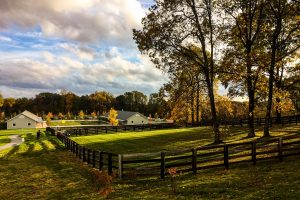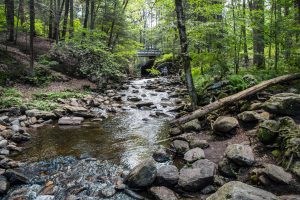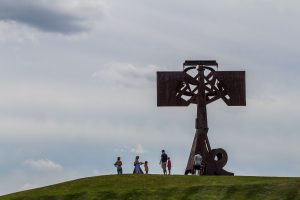If you’re a fan of beautiful old houses, then the New Orleans Garden District is a must-see when visiting the Big Easy. This gorgeous neighborhood is known for its historic mansions, lush gardens, and oak-lined streets. It’s also home to some of the city’s most famous residents, like Sandra Bullock. The best part is you can explore as much or as little of it as you like.
The Garden District comprises an area of 6 by 14 city blocks surrounding the Lafayette Cemetery No.1. It’s bordered by Louisiana Avenue to the west, Josephine Street to the east, and Carondolet to the North. And to the south is the lively Magazine Street, where people come to eat, drink, and shop.
The Garden District was originally part of the Livaudais Plantation before the land was subdivided and sold off. The area then became part of the City of Lafayette, a suburb that was later annexed by the City of New Orleans in 1852. It was designated a National Historic Landmark in 1974.
Formal tours of the area are available through various companies, but you can also just rock up and wander around on foot. We decided to do just that, riding in on the Charles Avenue Streetcar. We hopped off at Washington, which is just a block away from Lafayette Cemetery No.1. This historic graveyard, founded in 1833, was New Orleans’ first planned cemetery.
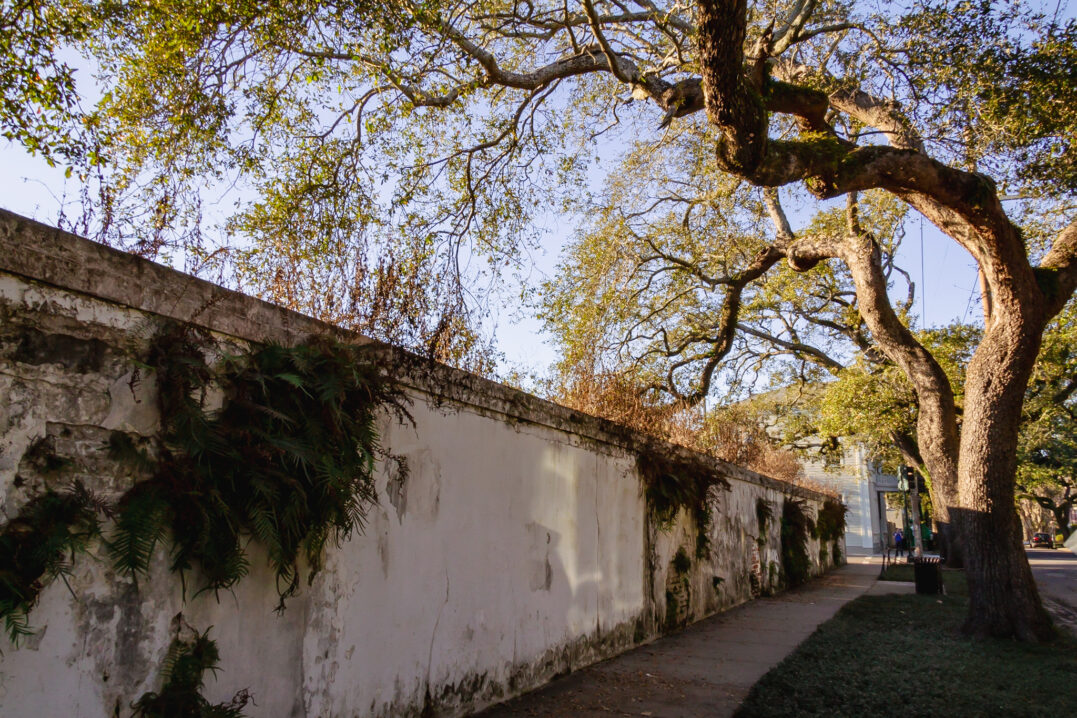
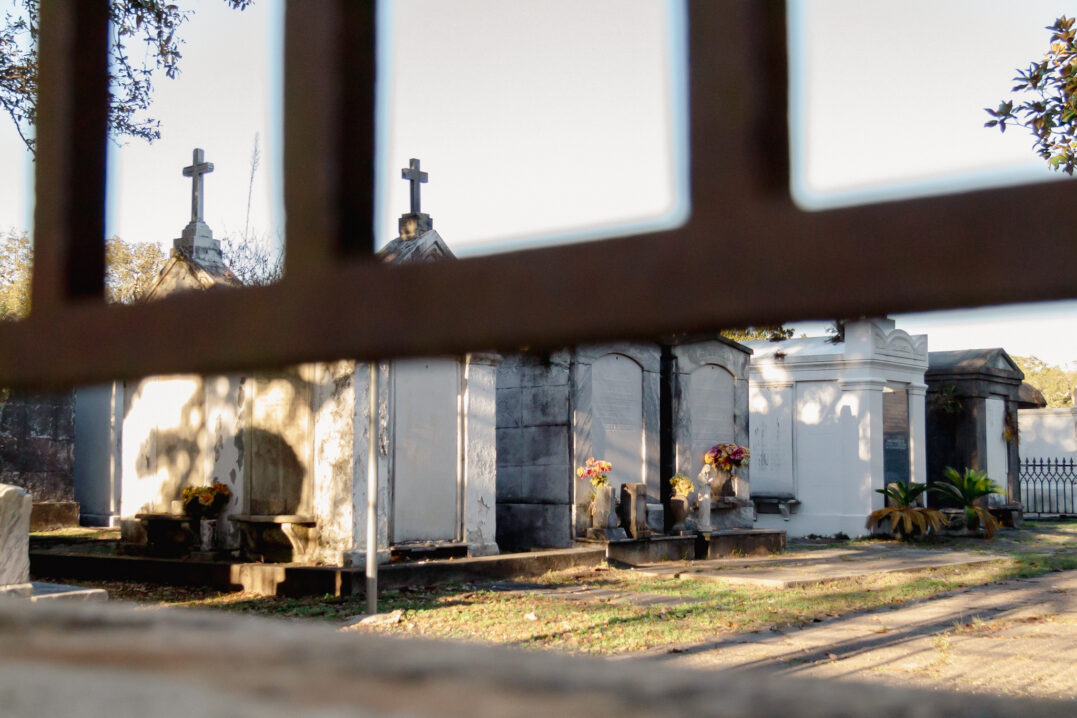
Comprising just one city block, Lafayette Cemetery No.1 is laid out in the shape of a cross to allow for funeral processions. It takes its name from the former suburb of Lafayette and is designated a National Historic Landmark. It’s non-segregated and non-denominational, and contains about 1,100 family tombs and 7,000 people.
Hurricane Katrina damaged much of the cemetery and it’s been closed to the public since 2019 for maintenance and repairs. Through the iron gates, though, you can still get a good peek in. You may even recognize it from various movies and TV shows, including Interview with a Vampire (1994), Double Jeopardy (1999), Vampire Diaries (2013-17), and American Horror Story: Coven (2013-14).
Just across the street from Lafayette Cemetery No.1 is the world-famous Commander’s Palace. The award-winning restaurant has been a New Orleans landmark since 1893, renowned for its excellent food, ambience, and service.
It was purchased by the Brennan family in 1969 who turned it into the culinary destination it is today, thanks largely to Ellen Brennan. “Miss Ella,” as she affectionately became known, is credited with creating Creole Nouvelle cuisine and putting New Orleans’ food scene on the map.
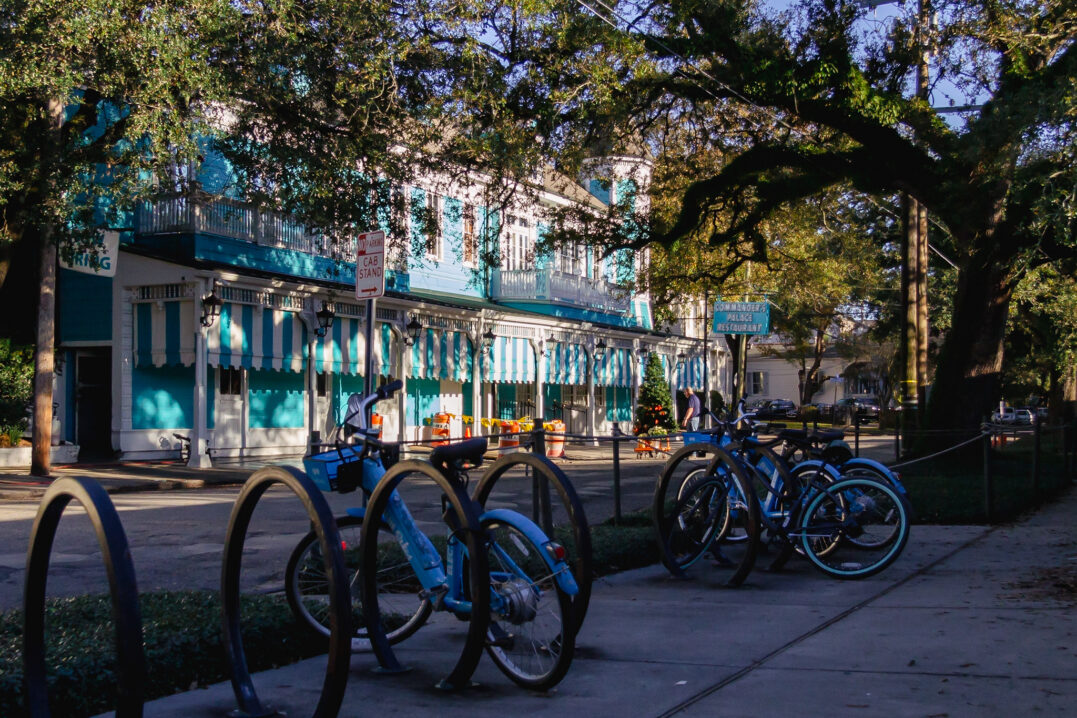
The next stop on our self-guided tour was Colonel Short’s Villa, designed by Henry Howard. Also known as the Robert Short House, it was built in 1859 for Colonel Robert H. Short, a cotton commission merchant from Kentucky. It sits on land that was once part of the Livaudais Plantation, before it was subdivided into city blocks and sold off. The house features the Italianate style and is surrounded by a cast-iron fence with a unique morning glory and cornstalk motif.
In 1863, during the Civil War, the Villa was seized by federal forces occupying the city. The next year, it briefly served as the executive mansion for Michael Hahn, the newly elected governor of Louisiana. It was then sold to Major General Nathaniel P. Banks. In 1865, the US government returned the house to Colonel Short, who lived there until his death in 1890. An annex was built in 1906 and the whole house was restored in 1950.
Henry Howard is also credited for designing the Walter and Emily Robinson House, which is just a block away from Colonel Short’s Villa. Construction began in 1857, for Virginia cotton and tobacco merchant Walter G. Robinson, and his new wife, Emily Hanford. This was soon impeded by the war, though. It’s believed that designer James Gallier Jr. took over after the war ended, completing the house in 1867.
The Robinson house is also built in the Italianate style with elements of Greek architecture. It features a two-story gallery at the front, supported by Doric and Corinthian columns, and double-curved verandahs. It also boasts a cast-iron balustrade, cornice, and parapet.


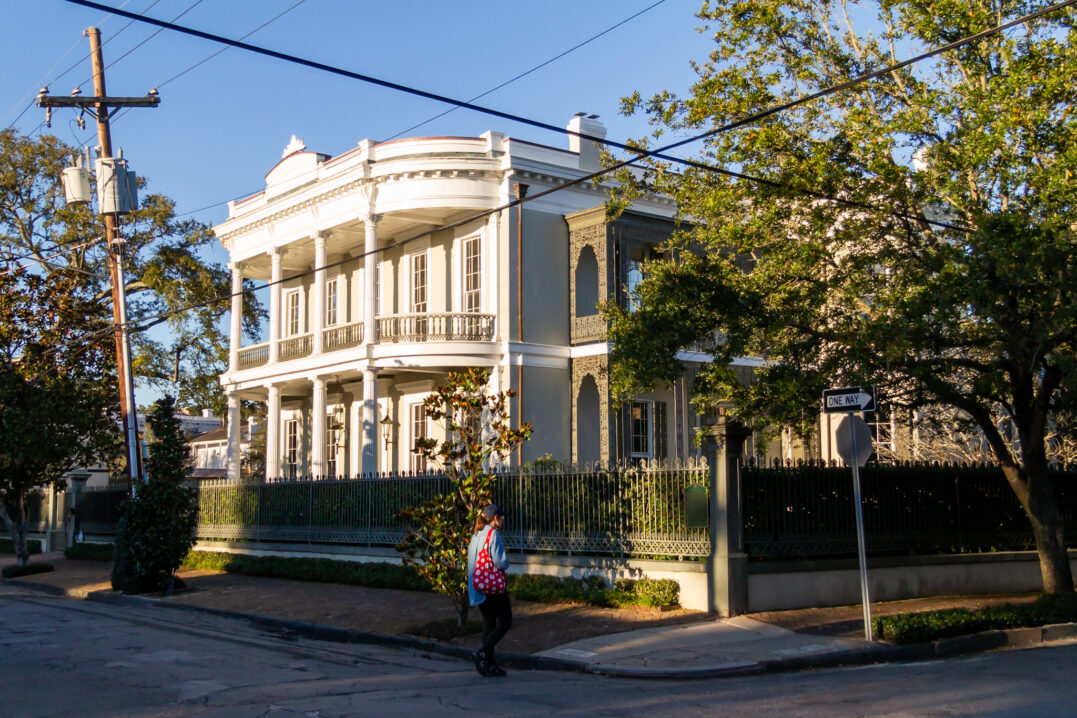
Two blocks away are two homes famous for their iron lace galleries. The Morris-Israel House was designed by Samuel Jamison in 1860 and is considered one of the best examples of Italianate architecture. Interrupted by the Civil War, construction took almost a decade. The house was completed in 1869 for local Joseph C. Morris, who lived there with his family for more than 50 years.
After Morris’ death, the home changed ownership several times and by 1967, it was in need of some TLC. It was bought by Merryl and Samuel Israel, who began a big renovation. It’s said that during this time, a secret room with human bones was discovered. The bones were positioned in line with an ancient Voodoo ritual to contact the spirit world. To this day, the house is believed to be haunted.
The Carroll-Crawford House, which is right next door, was also designed by Samuel Jamison. It was built in 1869 for Joseph Carroll, a cotton merchant from Virginia. Another example of Italianate style, the house features a two-story cast-iron gallery, cornice crowning, and segmental-arched windows and doors.
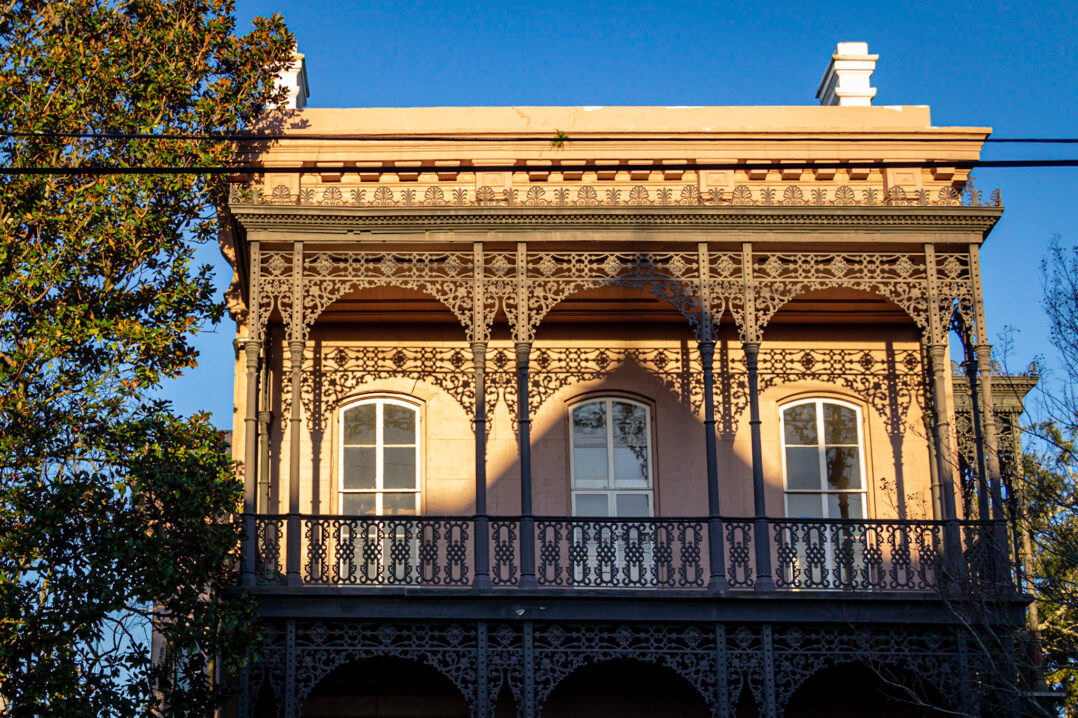
Our next stop was the Penrose-Seré House, which was the first house designed by architect Frank P. Graveley. It was built in 1894 for George B. Penrose, who was the then-New Orleans City Treasurer. I couldn’t find much more info on it other than that.
A short walk away is the Edward A. Davis House, or the New Orleans Opera Guild Home, which was designed by William A. Freret in the Greek Revival style. It was built in 1859 for Davis and was sold to the Seebold family in 1944. Nettie Seebold still lived in the home at the time of her death in 1965 and willed it, along with all the furnishings and art, to the Women’s Guild of the New Orleans Opera Association. Her only condition was that it was never to be refurbished.
Today, the property is listed in the National Register of Historic Places and the house is used for functions, like weddings, luncheons, and film shoots. All proceeds go to supporting the New Orleans Opera Association.
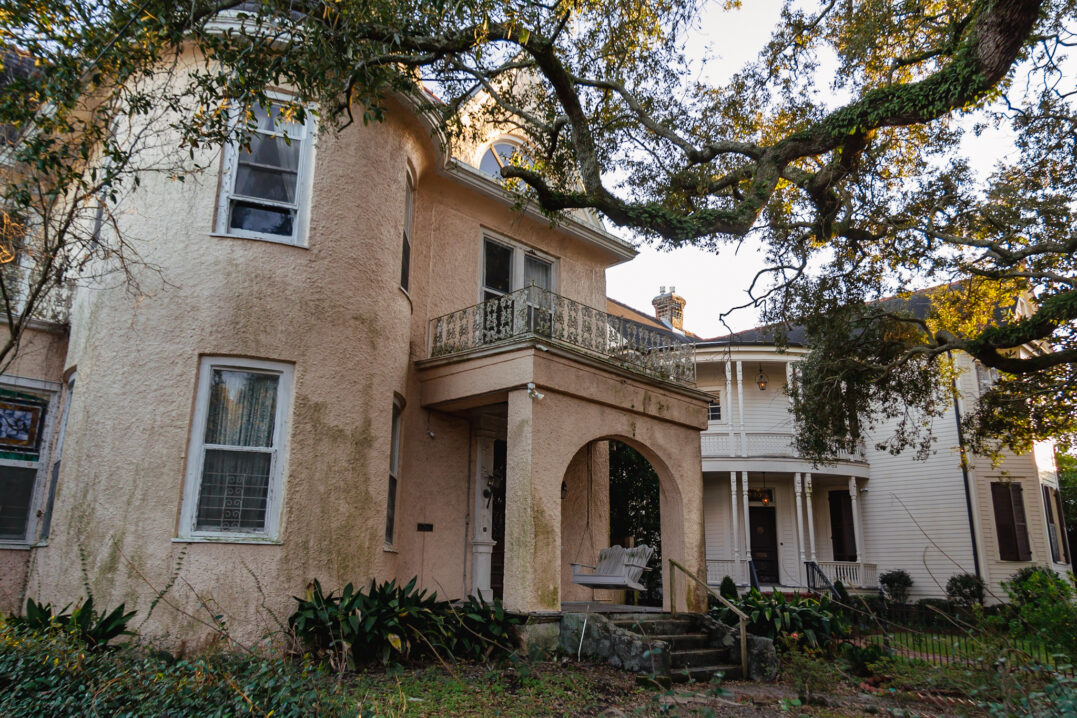
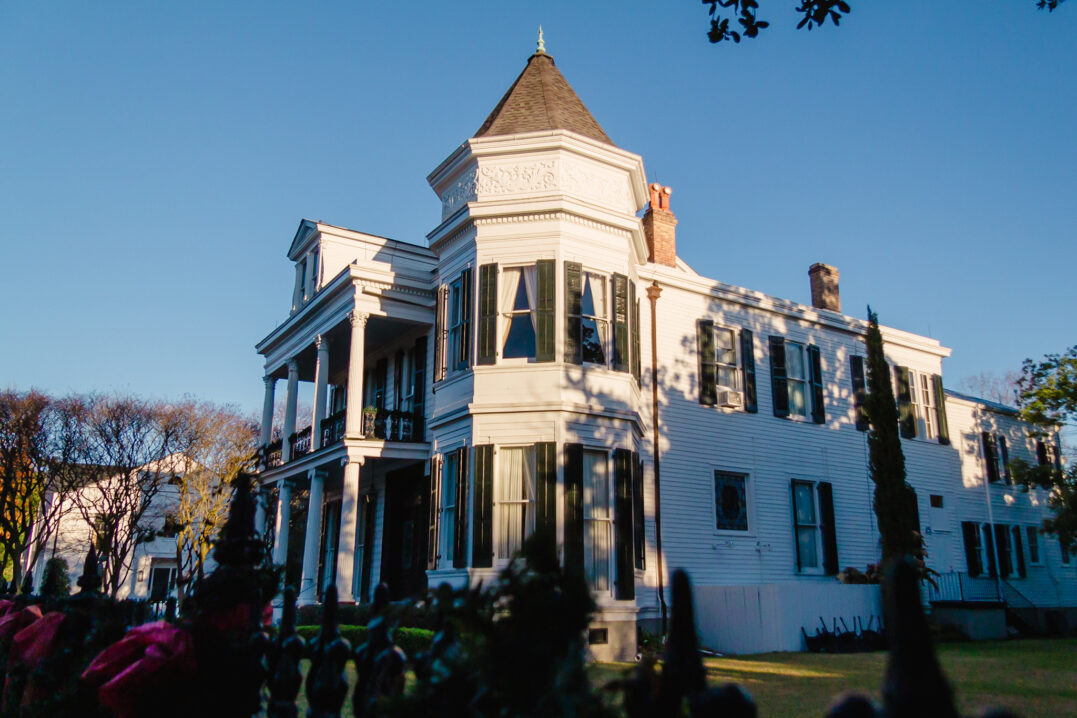
Diagonally across from the New Orleans Opera Guild Home sits the Adams-Jones House. It was built for a merchant named John I. Adams around 1860. Adams lived in the house until 1896. After that, it changed ownership a number of times before it was finally restored in 1962 by Mrs. Hamilton Polk Jones.
There’s plenty more to discover in the Garden District, including one of the homes of Anne Rice. The New Orleans-born author was best known for her series, The Vampire Chronicles, which was adapted into the film, Interview With the Vampire (1994).
The Buckner Mansion is also a popular site, as it’s the setting of American Horror Story: Coven. Fans of the show will know it as the fictional Miss Robichaux’s Academy for Exceptional Young Ladies. The house was built in 1856 for cotton merchant and slave owner Henry Sullivan Buckner. Designed by Lewis E. Reynolds, it’s an excellent example of Greek Revival architecture. It’s also believed to be haunted.
We couldn’t, of course, get to everything in one afternoon, but what we did see was enough to give us a good feel for the neighborhood. It also left us with an excuse to return one day and do the rest. If you’re into history, architecture, ghost stories, or all three, I highly recommend adding it to your itinerary.

Visit the Garden District
You can explore the Garden District via private or self-guided tour. If you go the self-guided route, there’s plenty of maps available online. Need one that works offline? This post is now featured in the GPSmyCity app. Download it from the Apple App Store or Google Play Store to visit the sights featured in this post. Be sure to also check out the other self-guided walking tours of New Orleans on offer.
The Garden District is accessible via the St. Charles Streetcar. Rides cost US$1.25 a pop. You can also use a Jazzy Pass for unlimited 1-day, 3-day, or 7-day rides. Hope on at the French Quarter or Central Business District and get off anywhere between Jackson and Louisiana Avenue.
Walking around the Garden District is completely free (unless you go the private tour route, which may cost some). Just be mindful that it’s a real neighborhood with actual residents and private properties.









